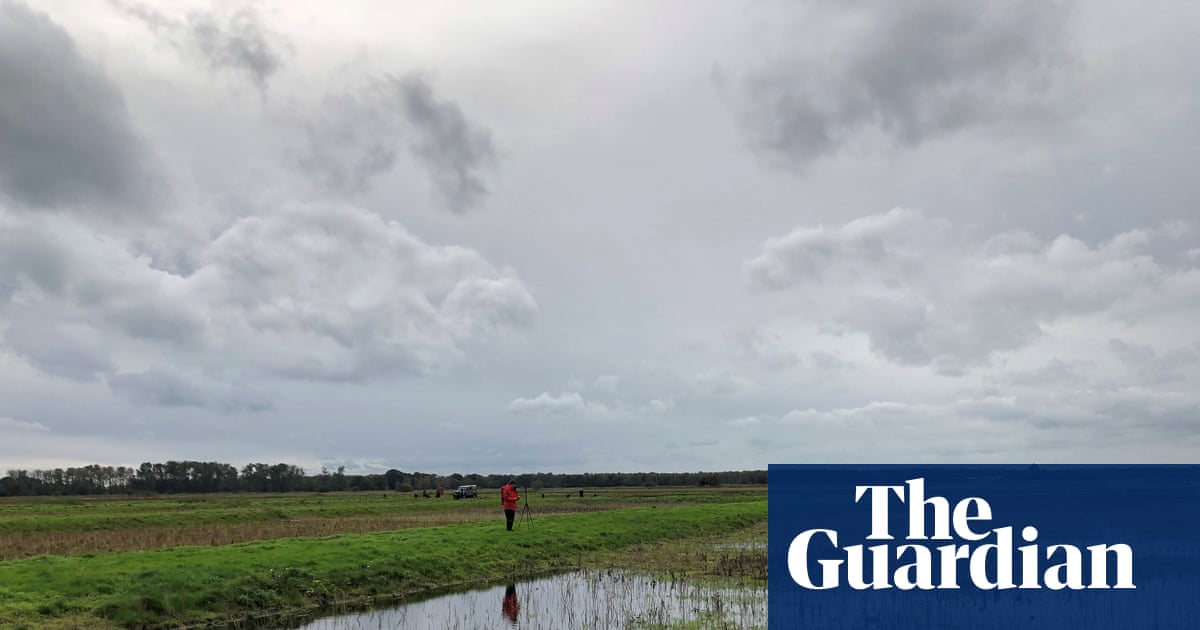
"England's peatlands are in poor shape due to having been drained, burned, intensively drained and used as grouse moors. They naturally act like a sponge, with layers of moss and other vegetation, and store vast amounts of carbon: an estimated 3.2bn tonnes in the UK alone. When they are in a dried-out state, they do not hold water, which can contribute to flooding of communities downstream."
"Vegetation on peatland is often burned to create habitat for grouse, which like to feed on the fresh shoots of new plants that grow after the burn. This increases the number of birds available to be shot for sport. Burning the peat can also kill wildlife, such as adders, toads, and ground-nesting birds. According to government data, 80% of peatlands across England are dried out and deteriorating."
Peatland burning will be banned on all peat over 30cm deep from 30 September, expanding protection from 222,000 to 676,628 hectares. Peatlands have been drained, burned and used as grouse moors, degrading their sponge-like ability to retain water and their function as major carbon stores (an estimated 3.2bn tonnes in the UK). Dried peat releases carbon and worsens downstream flooding. Vegetation is often burned to create fresh shoots attractive to grouse, increasing birds for shooting and risking harm to adders, toads and ground-nesting birds. Previous rules left many deep peat areas unprotected.
Read at www.theguardian.com
Unable to calculate read time
Collection
[
|
...
]